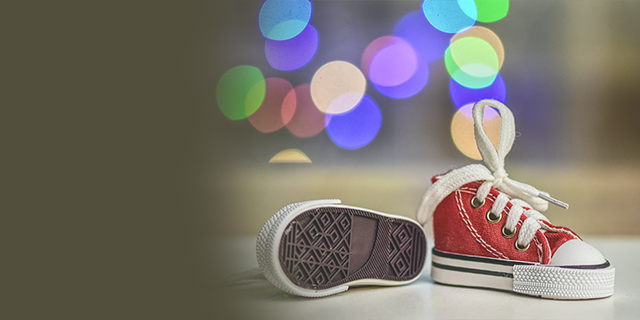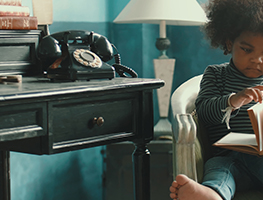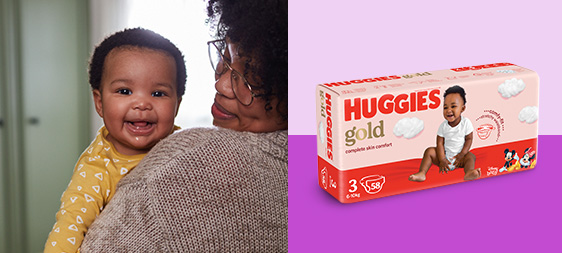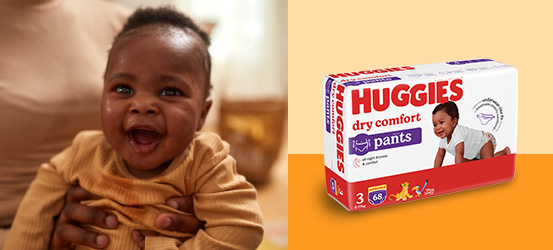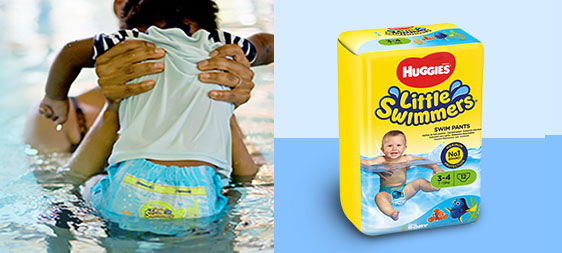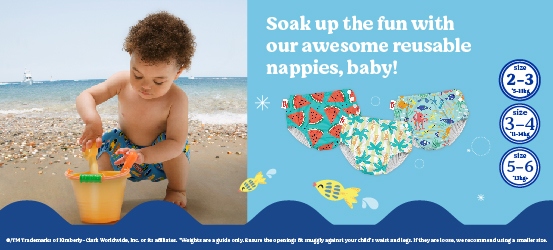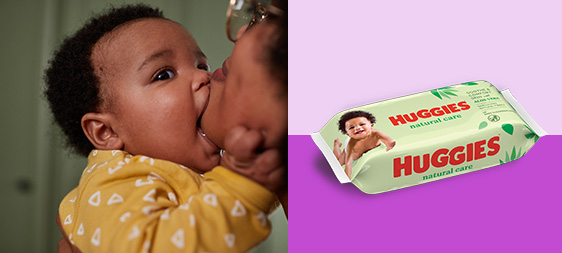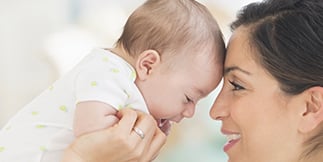First shoes
It’s an exciting time when you decide to buy your baby some shoes, but when is the right time for them to start wearing them and what are the right kinds? And as they grow what are the potential problems to look out for?
Below we answer your most frequently asked questions.
What age should my baby start wearing shoes?
Actually, it isn’t an age-related issue. Your baby really doesn’t need shoes until they have been walking for a couple of months. Before then, it is really important to only get them soft soled shoes or socks, as anything else may restrict developing feet.
Remember these tiny feet have a lot of growing to do, and any damage at this early stage will last a lifetime. Actual feet growth doesn’t stop until they’re usually around eighteen years of age. Therefore, choose carefully and avoid any shoes that will compress their little feet.
What kinds of shoes should I choose for them?
According to Mininder S. Kocher, MD the Associate Director, Division of Sports Medicine Clinical Effectiveness Research Unit: “Barefoot walking is best for infants and toddlers. When bare feet are not appropriate (for protection) or undesired, then footwear should be lightweight, thin and flexible.
A roomy toe box is essential to allow for normal forefoot development and to avoid deformities associated with overcrowding – breathability is important, both in terms of comfort and foot development.”
Make sure you have your little one professionally fitted for their shoes by an expert in children’s shoes to ensure they are wearing the most suitable size and style for their foot. Bigger is not better when it comes to shoes for a toddler. It will simply lead to them struggling with walking and falling more frequently. That’s why professional assessment is so important.
It’s also a good idea to shop for their shoes at sale time because they will require shoes every few months. The best thing to do is shop for shoes at a time when your little one is rested and refreshed to ensure the trip is not stressful for them or for you.
Your little one will be taking on average 176 steps a minute so make sure the shoes you allow them to do so comfortably. Sneakers are a good choice at this early stage.
What potential foot problems should I look out for?
If you have any concerns about your baby’s feet, don’t hesitate to consult a GP or request a referral to a podiatrist. Early intervention in identifying and managing problems with feet is crucial to minimizing more serious issues later on. If your child has any unusual bumps, obvious problems with their toenails or have evident pain when walking, it is important to seek medical advice.
Common feet issues:
In-toeing: is where feet point inwards instead of pointing straight ahead when walking. This can cause your child to trip easily. The opposite issue is out-toeing where they walk with their toes pointed outward. In both cases they usually tend to resolve themselves by the time they have reached toddlerhood. If the problem persists however, special shoes or supports can be used to resolve the problem.
Flat feet: All babies appear to have flat feet when they first start walking but, in actual fact, only between 3 and 13 percent of children have flat feet; this means the arch in the foot is present but disappears when weight bears down on it. According to Dr Angela Evans, from the University of South Australia’s podiatry research group in a recent article from Journal of the American Podiatric Medical Association: “symptomless flat feet that are assessed as being purely developmental should be left alone.” Essentially, this means a watch and wait approach should be taken until your child is between two to three years old. You should work with your GP and Podiatrist in managing this condition with your child.
Toe walking: this is a common condition where your child walks on the ball of their foot. They usually outgrow it after a few months. If they don’t it is useful to have a GP assessment before they reach the age of 2. It can indicate the presence of other developmental disorders that need management.
Metatarsus adductus: this is where the forefoot is twisted inwards relative to the hindfoot (or heel) It is usually identified at birth and doesn’t often require treatment. If it is severe stretching exercises are usually recommended to resolve it. For the 15% for whom this is not a solution then options including corrective shoes, castings and bracings are other options that will be discussed with your doctor.
Looking after your little one’s feet from the very beginning will ensure that the health of their feet is maintained. It also means that on the rare occasion problems arise, you are able to provide the appropriate intervention, so they can continue to walk and run freely and happily.
Article By Sarah Pietrzak

